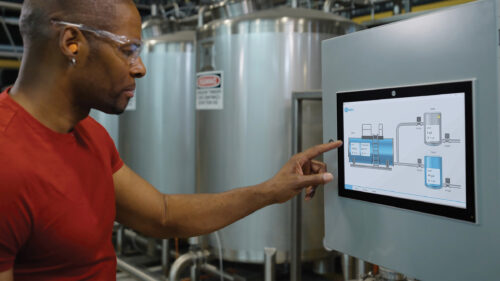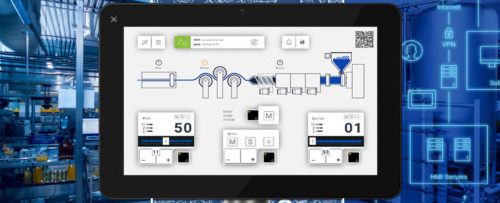Reader Feedback – 2003-06-12 – 2003-06-12
Proper use of lifting eyes On page 46 of the May issue is a table with max loading capacities, depending on the angle of the lift. My question is regarding the third row of the table, stating the decrease of the capacity for a 3/8-in. eye bolt from 1300 lb at 0 deg to 32 lb at 45 deg. It is probably a typing mistake, and the number should be read 320 lb.
Proper use of lifting eyes
On page 46 of the May issue is a table with max loading capacities, depending on the angle of the lift.
My question is regarding the third row of the table, stating the decrease of the capacity for a 3/8-in. eye bolt from 1300 lb at 0 deg to 32 lb at 45 deg. It is probably a typing mistake, and the number should be read 320 lb. — Teresa Czerwinski
The lifting eye capacity table on page 46 shows values far below standard Crosby eyebolt loads. For example a 3/4- in. eye has a rating per your table of 5000 lb versus Crosby 7200 lb WLL with a 5-to- 1 design factor.
I was just wondering where you obtained your information? Most companies with an approved lifting program would have values specified per their supplier.
My concern would be someone taking the information as correct and on that assumption trying to retap lifting points. For example, a 5000-lb piece of machinery with a 3/4 eyebolt hole would be fine with the 7200 WLL eyebolt but right on the limit per your chart. — John Vanderheyden
Author’s response: I spoke to Mr. Vanderheyden. He had already referenced the ANSI spec B18.15-1985 and the ASTM spec and was more challenging the higher rating from Crosby than he was the lower rating published in the article. He agrees with the idea of higher ratings only serving as a marketing device according to one’s willingness to take on risk. — Chuck Smith, Edward W. Daniel Co.
Fahrenheit and the degree symbol
This is in regards to “What is a fahrenheit?” in the Reader Feedback section of the May issue. One should follow NIST Special Publication 811, Guide for the Use of the International System of Units (SI), for writing temperature (although Fahrenheit is not a metric scale).
There should be a degree symbol, not deg, immediately in front of F. F by itself is the symbol for farad. 1563 F is the proper way to express 1563 farad. For temperature, it should be 1563
The degree symbol and F are considered to be locked together and become one symbol, not two symbols simply next to each other. NIST Special Publication 811 does not show the scale symbol appearing before the degree symbol.
Similarly, we have 25akata
Truth about top five motor myths
I am encouraged by the interest that my article “The truth about the top five motor myths” has generated. There seems to be a general agreement among readers that what’s inside a motor makes a critical difference in the success of motor-driven equipment.
However, I feel I must respond to the letter written by Mr. Steelman published in the May 2003 issue. In the letter Mr. Steelman questions the quality of the cutaway motor pictured in the article and cites an excessive number of balance weights added to the rotor. I want to clarify for readers that the rotor pictured has no balance weights at all. The rotor end ring is cast with bosses or sprues where balance weights, if needed, are added. What may appear as balance weights are in fact an integral part of the rotor end ring.
As mentioned in the article, better balance results from better control of the manufacturing of rotor components and the rotor casting process. The fact that Reliance led the way in the development of the IEEE 841 vibration standard, and offers a product that outperforms this standard, is the best proof of the quality of our manufacturing process. — Mike Cinquemani, Rockwell Automation
Low-voltage circuit breaker basics
On page 57 of the March issue (Low- voltage circuit breaker basics), the author discusses maintenance procedures where they are to “tag out.” They should be locked out. See 29CFR1910.147 to ensure the circuit is nonoperable. — Louis B. Baggett
Do you have experience and expertise with the topics mentioned in this content? You should consider contributing to our CFE Media editorial team and getting the recognition you and your company deserve. Click here to start this process.





